The design of wall heaters has come a long way since the early days of cast iron radiator tube heaters. Initially, these heaters consisted of a network of metal pipes that transferred steam from a central boiler room to each radiator.
However, this system was expensive and not energy-efficient. As a result, gas and electric heaters were developed, which were safer and more efficient, rendering the steam piped heater systems obsolete.
Short Answer:
Electric wall heaters are commonly used to heat homes, these heaters work by using an electrical heating element that is embedded within a non-flammable material with a large surface area.
When an electric current flows through this element, it heats up and transfers the heat to the radiative surface of the heater. This radiative surface then warms the air in the room, creating a warm convection current.
Gas-heated wall heaters have also been developed and provide a low-cost alternative to electric wall heaters. These heaters work by using a heated gas to transfer the heat to the radiative surface of the wall heater, which then heats the room via induction. Both electric and gas-heated wall heaters have undergone technological advances and are now safe for domestic use.
In this article, we will discuss the functioning of electric wall heaters, what they are made of, and whether they need to be vented or not. We will also explore how hot electric wall heaters can get.
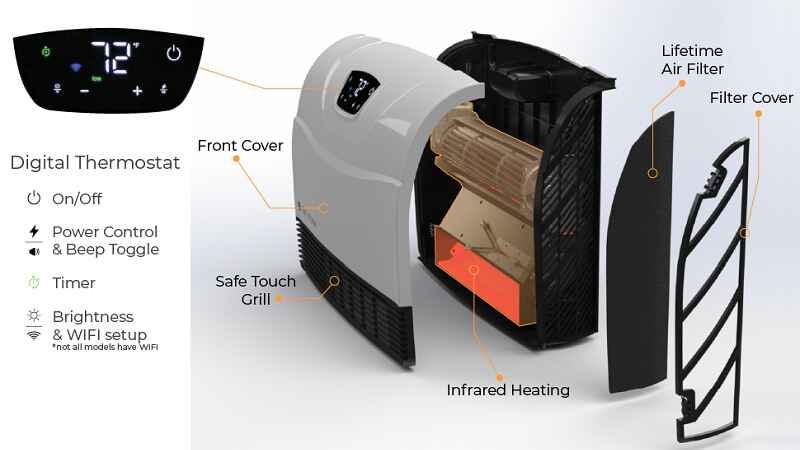
How Do Electric Wall Heaters Work?
These heaters also work like the normal space heaters we use, the major difference is that you don’t need to put it on the table or carpet or any surface, instead you have to install it on the wall.
Yes, it is pretty cool to install it on the wall. Let’s go through it one by one, for this information, I am sharing the Heat Storm HS-1500-PHX-WIFI Infrared Heater as an example to clarify perfectly how these heaters work?
Heating Mechanism:
Electric Wall Heaters are mounted on the wall, they work by using infrared heating technology. This means that they emit infrared radiation which is absorbed by objects and surfaces in the room, thereby heating them up. Unlike traditional convection heaters which rely on heating the air around them, electric wall heaters provide more targeted and efficient heating.
Digital Display:
The smart digital display on electric wall heaters makes them unique and user-friendly. The display provides easy-to-read information about the temperature, mode, and other settings. This allows users to quickly and easily adjust the heater to their desired settings without having to guess or make assumptions about the temperature.
Additionally, some electric wall heaters come with Wi-Fi connectivity and can be controlled using a smartphone app, adding an extra level of convenience to the user. The digital display is a valuable feature that makes electric wall heaters stand out from traditional heaters.
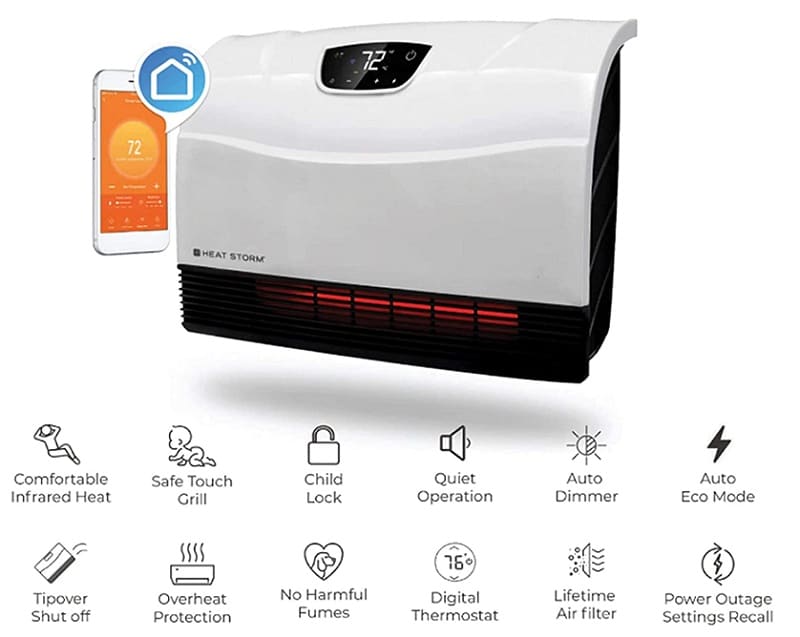
Air Filter:
Electric wall heaters often come equipped with air filters that help to clean the atmosphere while providing heat. These air filters can capture dust, allergens, and other particles, helping to improve the air quality in the room.
Some electric wall heaters even come with lifetime air filters, meaning that the filter does not need to be replaced and can be easily cleaned with a vacuum or a gentle wash.
This feature is especially beneficial for people with allergies or respiratory issues, as it helps to create a cleaner and healthier environment. By combining heating and air filtration in one appliance, electric wall heaters offer a convenient and efficient solution for maintaining a comfortable and healthy indoor environment.
Easy to Install:
To install an electric wall heater, you need to first select a suitable location on the wall. The heater should be installed at a height of at least 5 feet from the floor and away from any obstructions such as furniture or curtains.
You also need to ensure that the heater is connected to an appropriate electrical circuit and that it is securely mounted to the wall. Another benefit of installing such wall mount heaters is to keep them away from the reach of children to avoid any damage.
Remote Control & App Access:
Electric wall heaters can be controlled using a variety of methods. You can use the remote control to access the heater without touching it, this makes the heaters easy to access and easy to control. Many models come with built-in thermostats which allow you to set the desired temperature.
Some Heaters are controlled using a smartphone app such like Heat Storm HS-1500-PHX-WIFI. This makes it easy to adjust the temperature of the room without having to physically go to the heater, you can also control it from anywhere, if you are sitting in your office, you can use the App to access it.
Safe & Secure:
When installing and using electric wall heaters, it is important to follow proper safety precautions. Make sure the heater is installed correctly and that it is not placed near any flammable materials. Also, be sure to turn off the heater when leaving the room or going to bed.
FAQs
Do Electric Wall Heaters Need To Be Vented?
Yes, for an electric wall heater to function at its best, it requires adequate ventilation. The transfer of heat from the heated surface of the wall heater is most efficient when there is good ventilation. This means that cold air needs to move continuously over the surface of the wall heater, absorbing the heat energy and transferring it to the room’s air.
If a wall outlet heater is poorly vented, the transfer of heat energy to the air is not as efficient. This results in a poor distribution of heat energy throughout the room, and all objects in the room will absorb the vibrational heat energy from the warm air, leading to a drop in temperature.
To maximize the effectiveness of an electric wall heater, the walls, roof, and floor of the room should be made of insulating materials with layers of material that have a high R-value. Additionally, double-pane windows can also help limit heat loss by reducing heat transfer to the cold molecules of the glass.
What Is An Electric Wall Heater?
Electric wall heaters are heating devices that use resistive metal wire embedded within a non-flammable material that has good heat conductivity and a large surface area. By varying the amount of electrical current flowing through the resistive wire, the amount of heat generated within the heating element can be adjusted.
The process of generating heat in an electric wall heater occurs when electrons flow through the heating element and collide with particles in the resistive material. This collision causes the vibrational energy of the electrons, also known as kinetic energy, to transfer to the metallic atoms in the heating element. The kinetic energy is then passed on to the molecules and atoms of the material covering the heating element.
Since this material is a good conductor of heat, the vibrational energy is transferred to the air molecules in the room, thereby increasing the air temperature. The warm conductive surface of the heating element draws in cold air, and the hot air rises. The heat radiated by the surface of the heater to the air can be controlled by adjusting the amount of electrical current flowing through the heating element.
If the electrical current flowing through the metallic resistor element is reduced, fewer collisions occur between electrons and metallic atoms, leading to less heat generation. The temperature or heat emitted by the electric wall heater is determined by the amount of kinetic energy present in the particles of the material.
When the air temperature is low, there are fewer collisions between the molecules in the air and the surface of your skin, resulting in a lower temperature. However, if the electrical heat emitted by a current of energized electrons flowing through the air molecules increases their molecular energy, the air temperature rises.
How Does an Electric Wall Heater Function?
The sides of the heater have filters to let the air come inside from where the air is heated up and thrown out of the heater from the lower side as mentioned in the picture below.
The vibrational energy is transferred to the air molecules in the room through the heating element’s conductive surface. As hot air rises, cold air is drawn into the bottom of the warm conductive surface of the heating element, absorbing the heat radiated from the warm heater surface.
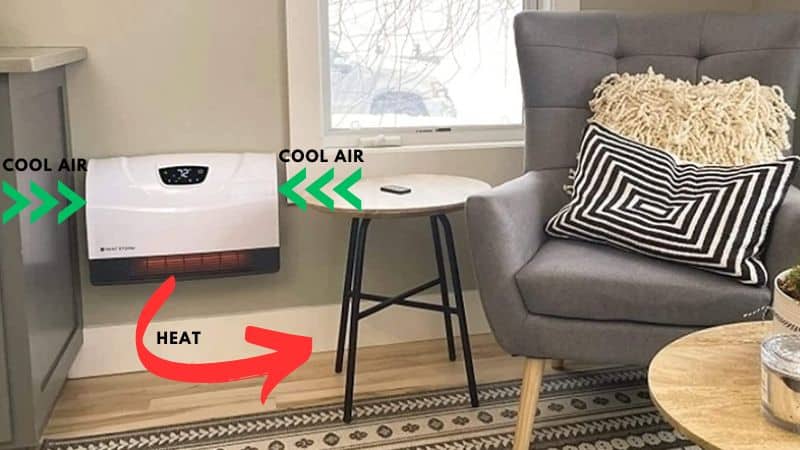
The amount of heat radiated by the surface of the heater to the air can be controlled by adjusting the amount of electrical current flowing through the heating element. If fewer electrons flow through the metallic resistor element, there will be fewer collisions between electrons and metallic atoms and thus less heat generated.
Do Electric Wall Heaters Have Filters?
Electric wall heaters do not require filters, as they have a simple design with no moving parts to transfer heat energy from the electrons to the air in the room. Instead, the optimal installation of these heaters allows cold, clean air to be drawn up from the floor level and over the warm surface of the heater, where the energy is transferred to the air molecules and carried upward via convection currents.
As warm air rises to colder upper layers, it causes the air in the room to circulate over the surface of the wall heater. Therefore, the surface of the heater can be easily cleaned by dusting or wiping with a damp cloth regularly.
How Hot Do Electric Wall Heaters Get?
If you’re wondering about the temperature range of electric wall heaters, you’ll be glad to know that modern wall-mounted electrical heaters are designed to regulate the maximum temperature to 140 degrees Fahrenheit (60 degrees Celsius). This temperature is sufficient to transfer heat to the air and provide safe and comfortable heating for your space.
To ensure safety, electric wall heaters are equipped with a controller that limits and regulates the electric current flowing through the heating element. If the element were to get too hot, it could pose a danger to people and pets, and even lead to a potential fire hazard. Therefore, it’s important to use these heaters according to their guidelines and keep them well-maintained to prevent any mishaps.
Conclusion:
Electric wall heaters are a great option for those seeking energy-efficient, cost-effective, and safe heating solutions. They work by transferring vibrational energy through their conductive surfaces to the air molecules in the room.
However, it’s important to ensure good ventilation to allow for the most efficient transfer of heat from the electric wall heater. With proper use and maintenance, electric wall heaters can be a reliable and effective source of heat for your space.

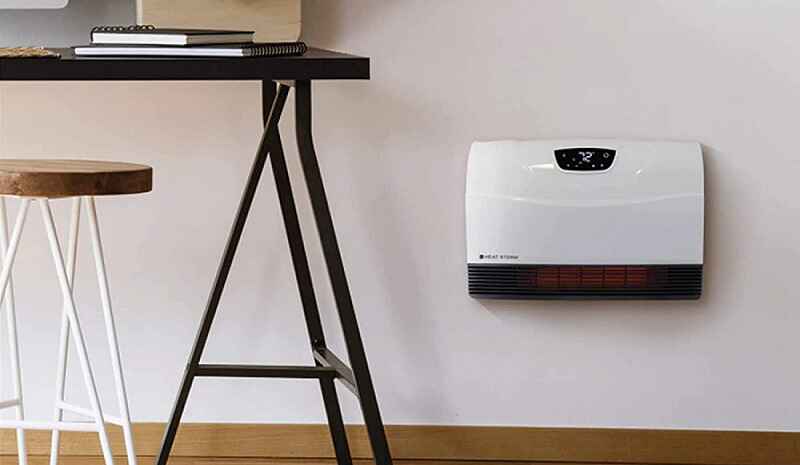

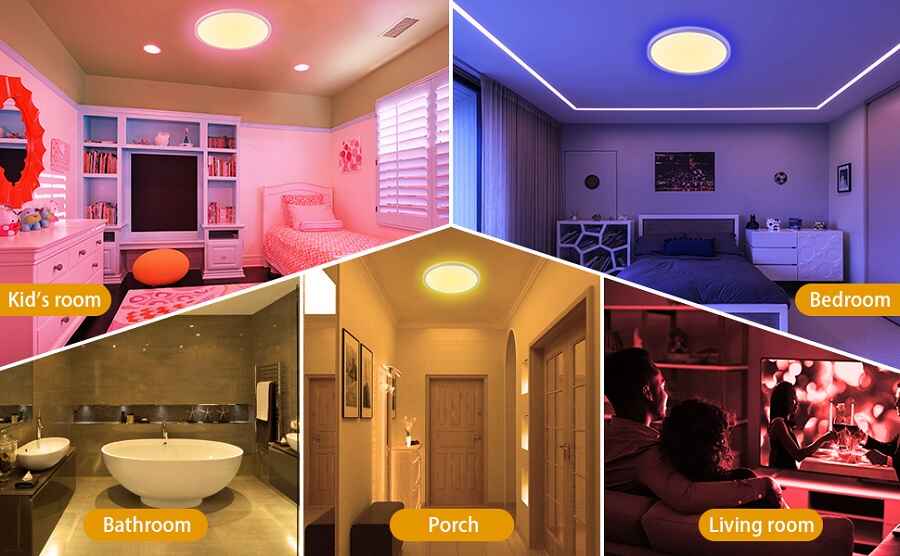

0 Comments